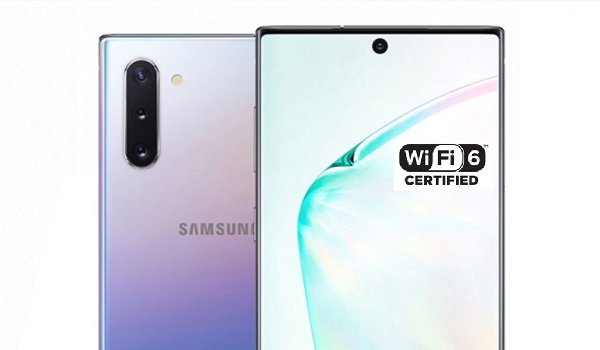There are not many things as annoying as not being able to connect to Wi-Fi, especially when you need to be online urgently. If the Wi-Fi connection on your Android device isn’t working, it may just be that you’re neglecting a straightforward setting on your device. Another possibility is that your router is having trouble, which prevents your devices from connecting.
Notwithstanding the cause, we’ve provided this easy guide to explain several troubleshooting steps you can take to fix a Wi-Fi connectivity issue and get your Android device connected to the internet again.

Restart your Device
Restarting your Android device may seem easy and like it won’t make much of a difference, but it can help fix Wi-Fi connection issues. Additionally, restarting typically makes troublesome apps to restart from scratch, and keeps them from getting in the way of a secure connection.
You can restart your Android device as follows:
- Select Settings > Connections to access Wi-Fi
- Select the SSID of the faulty Wi-Fi network, then hit Forget.
- Restart the computer.
- Re-select your network, then type the password.
Depending on your device, these instructions can be a little different, but most Samsung phones and tablets will typically have the same general settings
Verify Existing Settings on your Device
There are some settings on your Android device that are interfering with its connection to Wi-Fi. As such, you may need to check the following settings if your phone or tablet just won’t connect to Wi-Fi:
Flight mode
Drag down the notification bar on your Android’s home screen and make sure Airplane mode is switched off if your device is showing no internet connection at all. On the majority of Android phones, you can typically access Airplane mode via Settings > Connections.
Password manager
Another thing to consider is that your password manager might not be updated, especially if you’ve changed your Wi-Fi password recently. As such, you’ll need to re-enter the correct Wi-Fi network password into your password manager, if necessary.
Auto reconnect
Make it a point to enable automatic connection for trustworthy Wi-Fi networks; this way, your Android device will readily connect to Wi-Fi without any intervention on your part. Your Android may not be able to connect to Wi-Fi if Auto-reconnect is disabled. Every network will most likely have access to this setting.
You can also disable Auto-reconnect if your Android Wi-Fi keeps starting up even when you wish to use your mobile data instead.
Parental restrictions
Wi-Fi connection restrictions are among common parental controls to keep kids from accessing online content. You can check to see if you can connect to Wi-Fi again after disabling these settings on your device. If you need to reset the restrictions after fixing your Wi-Fi connectivity issue, check out how to configure parental controls on Android to turn the settings back on.
Location Settings
Your Wi-Fi connection is typically utilized by GPS tracking, and this tends to slow it down. Through Settings > Location, you can disable location tracking, as this may be what is preventing you from connecting to Wi-Fi.
Reset your Router/Modem
After completing all of the aforementioned steps, if your Android device still doesn’t connect to Wi-Fi, confirm that the connection on your router or modem works and attempt to reset it. After that, double-check every other network device’s connections.
Take note of these instructions to reset a router or modem:
- Unplug the modem or router, then wait for about 30 seconds.
- Reconnect the device and wait an additional 30 seconds.
- Verify that each indicator light is on.
- Check the internet connection again.
You should now be able to connect your Android device to Wi-Fi. Otherwise, there might be another network problem. A Wi-Fi network with too many devices connected to it may also make you experience connectivity issues on Android. To increase the number of devices your network can support, make sure to use a WAP (Wireless Access Point).
Change your Router or Modem’s Location
Move Wi-Fi network devices away from any interference-causing frequencies, such as Bluetooth or microwave frequencies. Ideally, you should change to a dual-band router that supports both 2.4GHz and 5GHz bands if your device detects your neighbor’s network on the same frequency. This can help free up some capacity.
Getting a Wi-Fi extender or physical Wi-Fi adapter for Android will also be beneficial if your Wi-Fi network signal is too weak; just make sure it’s compatible with Android’s 802.11 standards. Signal-boosting software is less dependable than these hardware devices.
Finally, to help you identify Wi-Fi connectivity issues, you could also get in touch with the Wi-Fi network host, your ISP, or visit a website like Fixwifi. You might also try performing a complete reset on your Android device.
We hope this article has been helpful to you, so don’t hesitate to recommend it to your loved ones so they can also benefit from it.
- Don’t miss our mobile phone reviews.
- Follow our news on Google News.
- Join our WhatsApp Group, to be notified of the most important articles and deals,
- Follow us on Instagram, Facebook, Twitter, and YouTube.